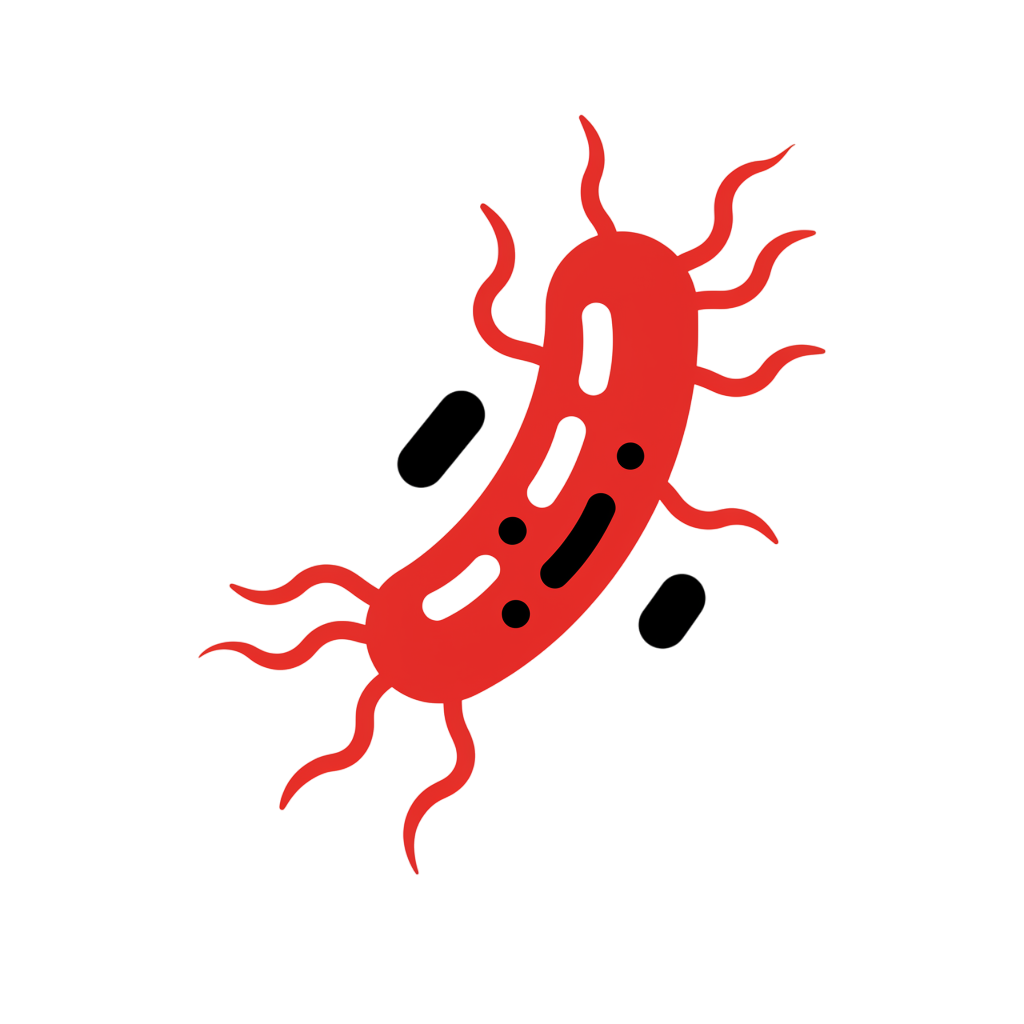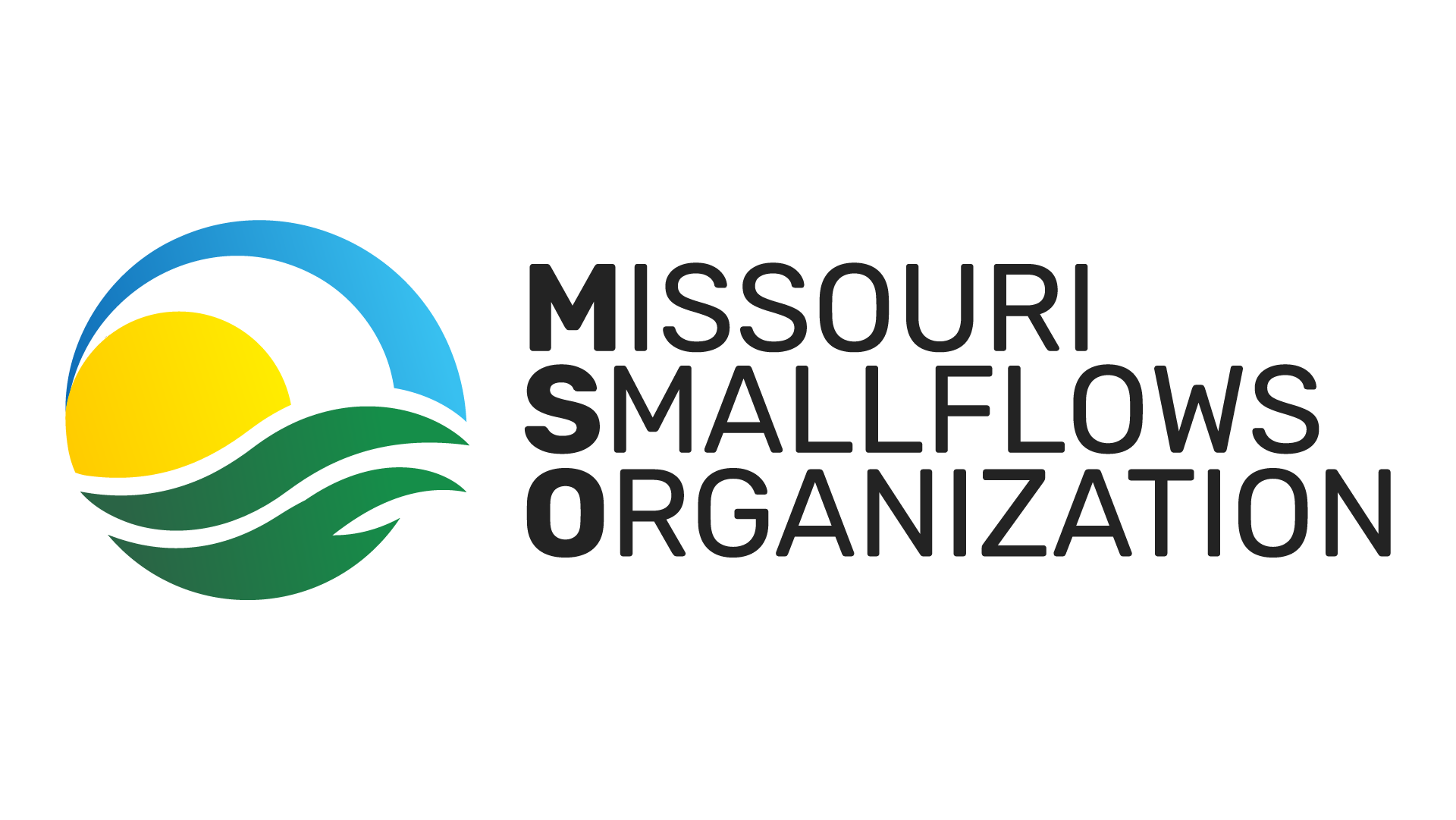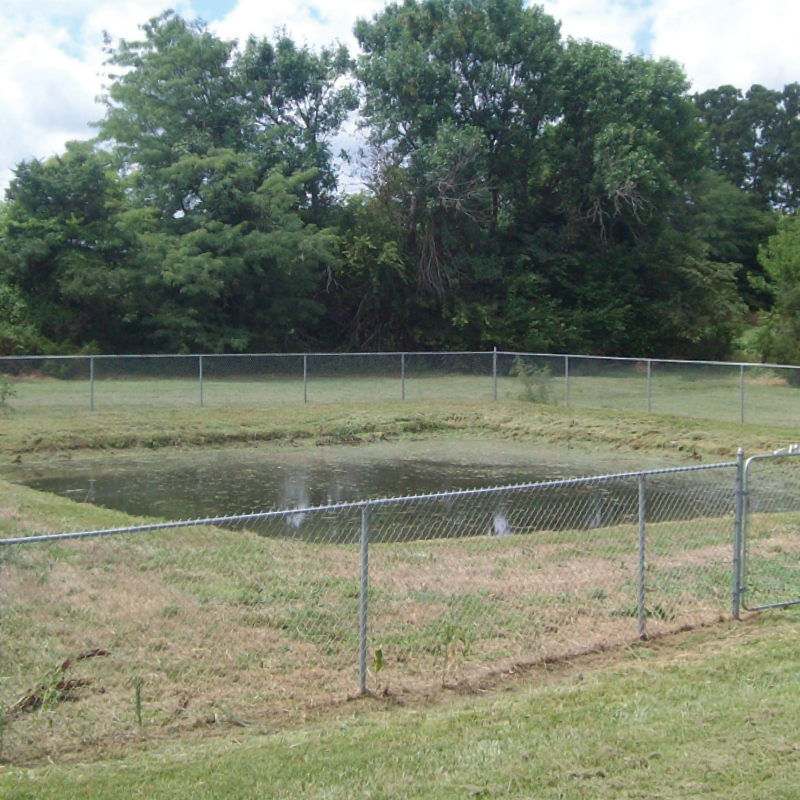Lagoon Treatment Systems
Natural Wastewater Treatment for Challenging Sites
Lagoon systems are a cost-effective alternative for sites where conventional septic systems won’t work due to shallow bedrock, heavy clay, or high water tables. Using natural biological processes and sunlight, lagoon systems provide effective treatment in a controlled, open-air environment.
How It Works
A lagoon system typically includes two main components: a septic tank and a lagoon pond with uniform depth.
- Primary Treatment in the Septic Tank
Wastewater from the home enters a septic tank, where solids settle and scum floats. Anaerobic bacteria begin breaking down the waste.
- Flow to the Lagoon
The partially treated effluent then flows through a watertight pipe into the center of a lagoon, a shallow, lined earthen pond.
- Secondary Treatment in the Lagoon
Here, aerobic bacteria, sunlight, and wind provide natural treatment. Some systems discharge excess liquid into a vegetated area, allowing additional absorption and evaporation.
- Design for Missouri Conditions
Missouri’s clay soils often make lagoons a suitable choice. Proper site selection ensures lagoons won’t leak into groundwater, especially important in areas with fragipan or porous bedrock.

Why Regular Maintenance Is Essential
Failing to maintain a lagoon system can lead to contamination, odor issues, and system failure.
Health Risks
Untreated wastewater can carry pathogens such as:
Hepatitis A
Salmonella
Giardiasis
Cholera
Tetanus

Typhoid fever
Lagoon overflow can also introduce excess nitrogen and phosphorus into local waterways, disrupting ecosystems.
Financial Risks
Routine inspections and septic pumping cost $150–$300. In contrast, system replacement may cost $4,500 to $30,000. Failing lagoons may also impact property value and limit treatment alternatives.
Do’s of Lagoon System Care
- Obtain necessary permits before repairs or construction
- Use certified professionals for installation and maintenance
- Install risers for easy tank access and secure lids
- Pump your septic tank every 2–5 years
- Keep maintenance records
- Divert stormwater away from the lagoon area
- Remove trees, cattails, and other vegetation from the lagoon berm
- Maintain a 5-foot-high fence around the lagoon
- Use only approved household cleaners sparingly
Don’ts of Lagoon System Use
- Never enter a septic tank, toxic gases can be deadly
- Don’t park or drive over the lagoon or septic components
- Don’t allow overflow to leave your property
- Don’t plant trees or large shrubs near the lagoon, roots may breach the liner
- Don’t pour chemicals, grease, or medications into drains
- Don’t use enzyme or yeast additives
- Don’t use toilets or drains as trash bins
Want to Learn More?
Maintaining Your Lagoon System (PDF) – Practical tips, maintenance guidance, and system care recommendations
Questions? We’re here to help.
contact@mosmallflows.org
(417) 631-4027

